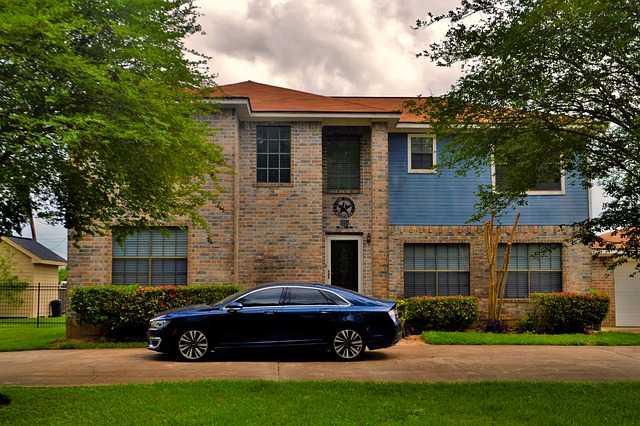Introduction
Wiring garage door sensors is an essential step in ensuring the proper functioning and safety of your garage door system. These sensors play a crucial role in detecting obstacles or obstructions, preventing accidents, and ensuring smooth operation. In this article, we will guide you through the process of wiring garage door sensors, providing you with the necessary knowledge to undertake this task confidently.
Understanding Garage Door Sensors
Before diving into the wiring process, it is important to understand the basic components of garage door sensors. Typically, garage door sensors consist of two units: the sending unit and the receiving unit. The sending unit emits an infrared beam, while the receiving unit detects the beam. When an obstruction interrupts the infrared beam, the receiving unit signals the garage door opener to stop or reverse the door’s movement.
Materials and Tools
To wire garage door sensors, you will need the following materials and tools:
1. Garage Door Sensors: Purchase a compatible set of garage door sensors from a reputable supplier. Ensure they are designed for your specific garage door opener model.
2. Wiring: Use low-voltage, two-conductor wire, such as 22-gauge bell wire, to connect the sensors to the garage door opener. The length of the wire will depend on the distance between the sensors and the opener.
3. Wire Strippers: These tools are necessary to strip the insulation from the wire ends.
4. Screwdriver: A screwdriver will be needed to secure the wires to the sensors and the garage door opener.
Wiring Process
Follow these steps to wire your garage door sensors:
Step 1: Locate the sending and receiving units of your garage door sensors. The sending unit is usually installed on one side of the garage door, while the receiving unit is installed on the opposite side.
Step 2: Identify the terminals on the sensors. Typically, there are two terminals on each sensor, labeled as “S” for the sending unit and “R” for the receiving unit.
Step 3: Strip the insulation from the wire ends, exposing about 1/2 inch of bare wire.
Step 4: Connect one end of the wire to the “S” terminal of the sending unit and the other end to the corresponding “S” terminal of the receiving unit. Repeat this process for the “R” terminals, ensuring the wires are securely connected.
Step 5: Route the wires from the sensors to the garage door opener. You may need to drill holes or use existing wire channels to hide the wires and prevent them from being damaged.
Step 6: Locate the terminals on the garage door opener that are designated for the sensor wiring. These terminals are often labeled as “S” and “R” or “Send” and “Receive.”
Step 7: Connect the wire from the sending unit to the corresponding terminal on the garage door opener. Repeat this process for the wire from the receiving unit, ensuring a secure connection.
Step 8: Once all the connections are made, test the garage door sensors by closing the garage door. Place an obstruction, such as a box, in the path of the closing door. If the sensors are properly wired, the door should stop or reverse its movement when the infrared beam is interrupted.
Conclusion
Wiring garage door sensors is a crucial step in ensuring the safe and efficient operation of your garage door system. By following the steps outlined in this article and using the right materials and tools, you can successfully wire your garage door sensors. Remember to always consult the manufacturer’s instructions for your specific garage door opener model to ensure proper installation.
References
– Chamberlain: www.chamberlain.com/support
– LiftMaster: www.liftmaster.com/support
– Genie: www.geniecompany.com/support













